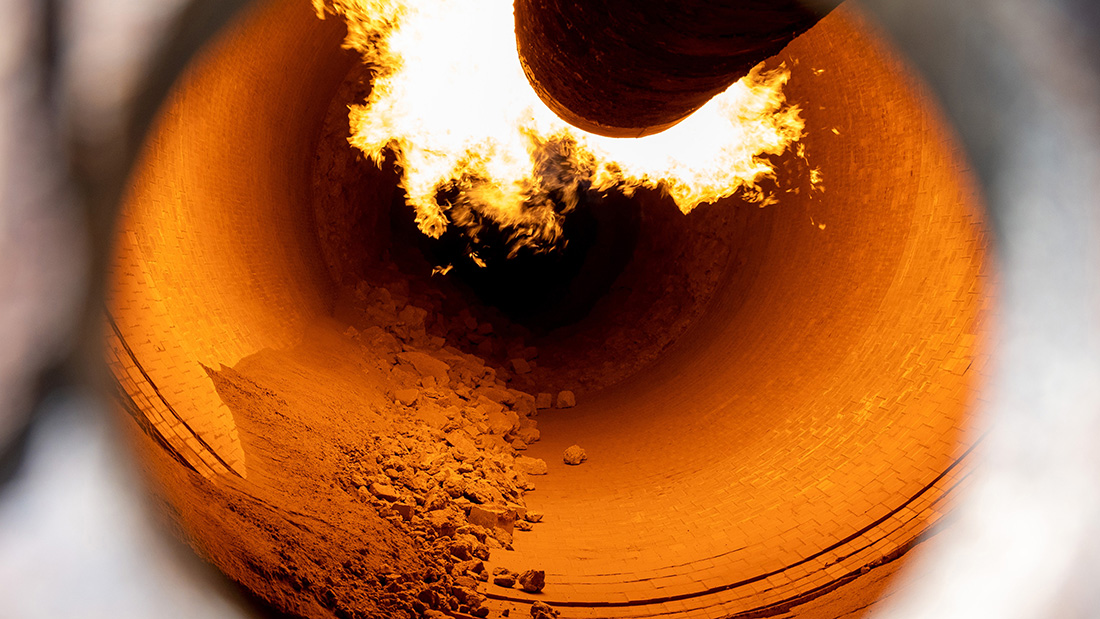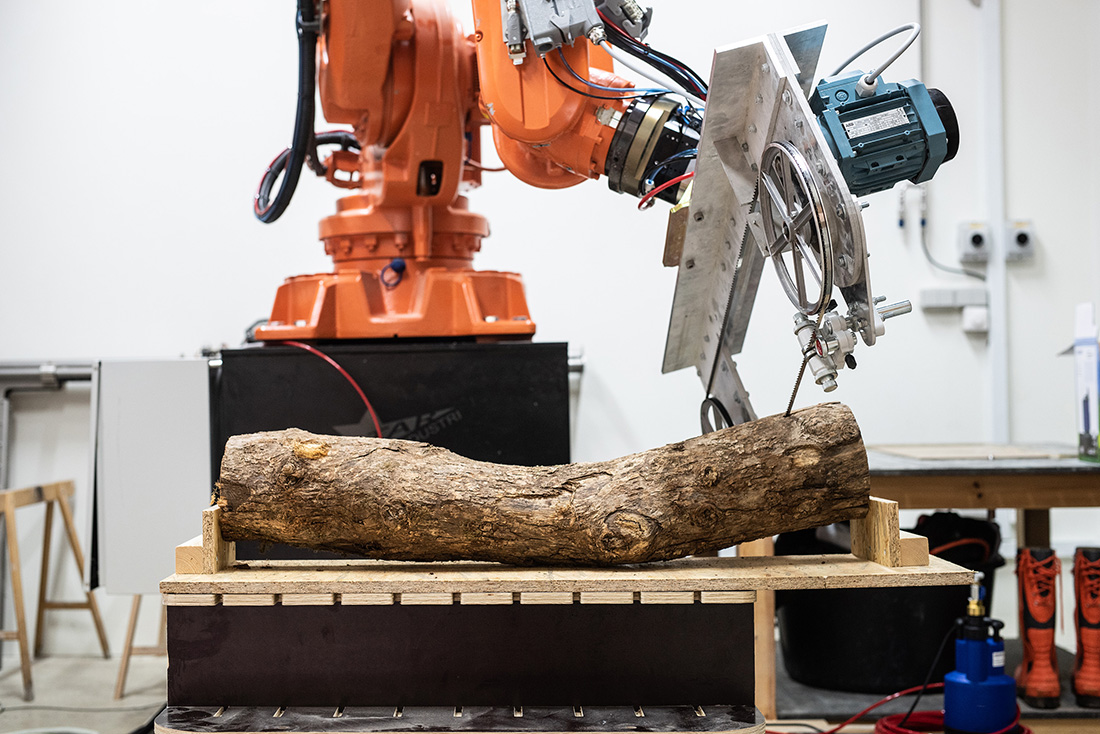MATERIAL IMAGINATION: TOOLS, MATERIALS, ORIGINS

Event Details
Introduction This exhibition is the physical result of a three year’s research grant project named “Material Imagination: Reconnecting with the matter of architecture”, funded by Independent Research Fund Denmark (DFF) and
Event Details
Introduction
This exhibition is the physical result of a three year’s research grant project named “Material Imagination: Reconnecting with the matter of architecture”, funded by Independent Research Fund Denmark (DFF) and hosted and supported by Aarhus School of Architecture.The project seeks to combine studies of material expressions through the use of advanced digital tools with theoretical studies in the relationship between materials, tools, body and mind. The exhibited items are organized under three themes: Tools, Materials, Origins.
Together they present the journey from raw natural resource to possible architectural components and compositions. Three classical but very different materials like concrete, wood and marble have been surgically dissected for their architectural capacities. Questions about the material’s mass, interiority, pliability, thinness, thickness, surface and aura have been studied in-depth in the search for more poetic and sustainable future uses, that take into account the material’s origin, travel, processing and cultural implications.
Three materials
Together, the project’s three materials form a mosaic of nuances that each contributes to a rich articulation of the material imagination. Marble, wood and concrete feature both shared and individual links to history, culture, traditions, craft and nature. Each item in the exhibition represents a physical response to this vast landscape of material knowledge.
MARBLE is formed under intense heat, as underground pressure forces different types of limestone rock to grow together. During several millennia of gradual movement, the rock crystals mix and merge to form striations and patterns hidden inside the mass. When cut or forced to crack, the rock reveals the coloured structure that lends itself so well to light and surfaces.
WOOD forms through natural growth, as the tree absorbs nutrients from the ground and follows the sun in its annual growth cycles. Depending on specific conditions such as species, soil, climate and exposure, each tree grows into a form that reflects its unique composition. As we cut through the wood, it reveals the elongated fibres in coloured layers formed through decades of seasonal growth.
CONCRETE forms as water forces cement particles to solidify and glue together the natural aggregate of sand and gravel. Itself excavated from underground deposits, limestone and chalk require immense heat in man-made kilns to transform them into cement. When water is added, the cement releases its immense chemical potential, turning the fluid mixture into solid within mere hours.

Rotary kiln for clinker production in cement plant, close up view through inspection hole
Three themes
The material imagination is a multi-faceted concept that encapsulates and discusses how we experience the materials around us. Through three themes, the exhibition unfolds a series of clues that collectively give a sense of the three materials’ poetic presence.
TOOLS represent the various ways to engage and manipulate the materials. Each material holds unique capacities that decide how it receives – and resists – the tool’s intrusive action. This exhibition features a range of robotic fabrication tools that each responds to unique material capacities found in marble, wood, concrete and steel.
MATERIALS contain qualities revealed through careful actions with digital manufacturing tools. Each exhibited object unfolds a material history, offering us a glimpse into its particular tendencies and violent past. Harvested in nature, the marble and wood pieces feature unique interior compositions while concrete pieces never forget their past as an artificial fluid.
ORIGINS tie the materials to their past, providing clues to how we might perceive and experience them. Each piece of wood tells the history of a particular tree and how it grew in the forest. A marble piece’s colours and striations stem from the unique geology found at the quarry. Concrete’s ability to bond together sand and stone comes from the cement kiln’s intense heat.
Time
October 4 (Monday) - November 18 (Thursday)
Location
Arkitektskolen Aarhus
Exners Plads 7, 8000 Aarhus



